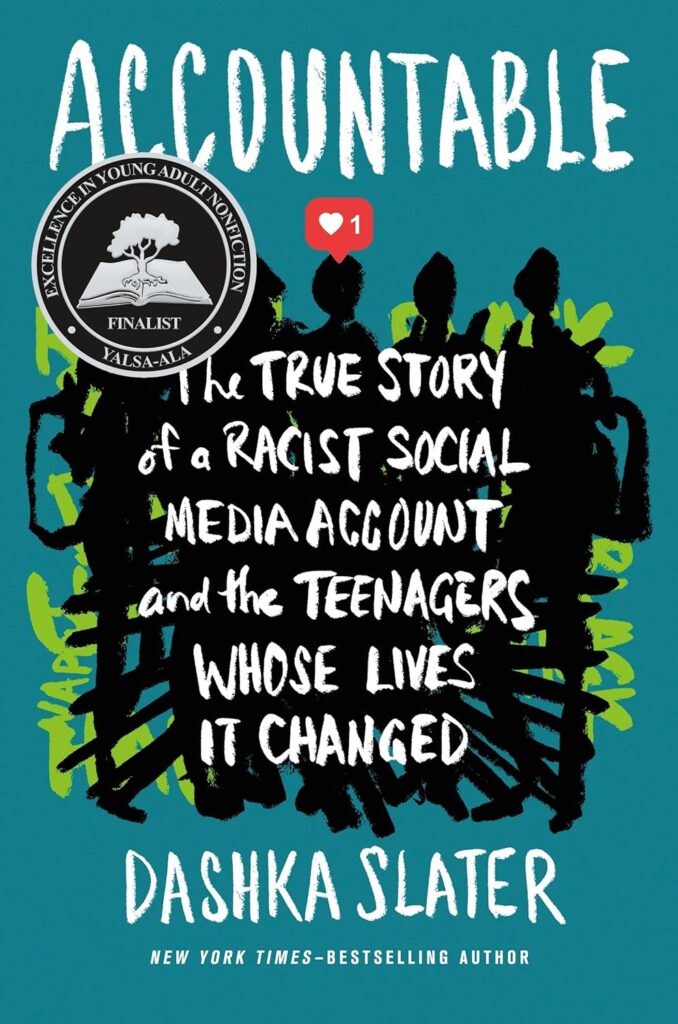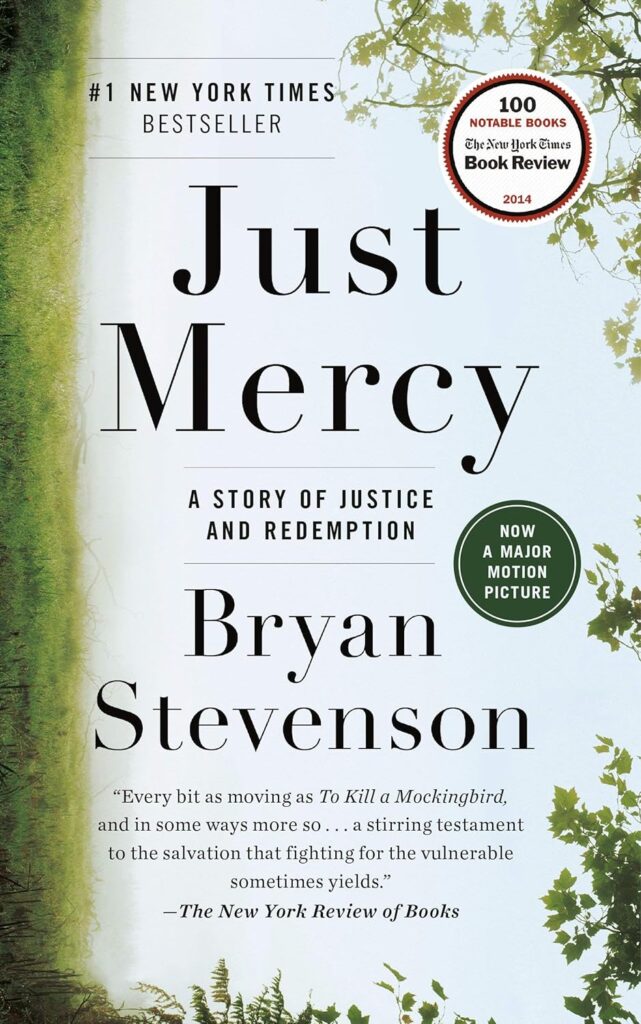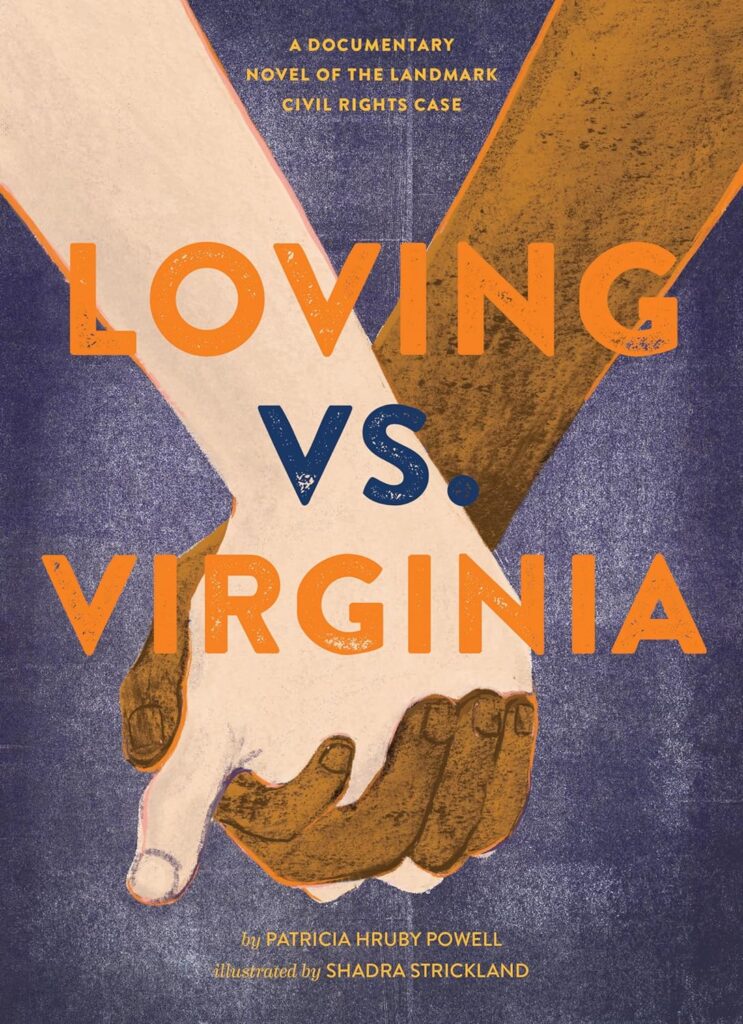To Kill a Mockingbird is the centerpiece of our sophomore curriculum. In recent years, national conversations about To Kill a Mockingbird have covered a variety of topics: white nostalgia, the use of the n-word, and dehumanization of Black characters. In particular, #Disrupt Texts makes some insightful points in this post.
During Open House each year, we set out the titles students will read in various courses. On one hand, this helps get students excited about the course. On the other hand, it helps parents see how much reading (and what books) students will encounter. I especially love when parents write down the titles so they can purchase their own copies to read alongside their students. Year after year, parents share their fond memories of reading To Kill a Mockingbird, so it’s clear that this is a title my community supports.
However, support alone is not a reason to keep or to shelve a book. At the end of the day, teachers are looking for texts that engage students, support their growth, nurture their reading habits, and lend themselves to literature studies without causing harm. That’s asking a lot!
For me, To Kill a Mockingbird has long checked the first three boxes: it engages, supports, and nurtures students. It also lends itself to literature studies. However, I have sometimes paused and considered whether the novel causes harm. In an effort to answer this question, I have recently started incorporating these 3 nonfiction text pairings for To Kill a Mockingbird.
This post this post may contain affiliate links. Please read the Terms of Use.
Inspiring Nonfiction
Last year, I went on kind of a deep-dive into nonfiction. I’ve spoken about this before, but 2023 was something of a nonfiction renaissance for me. The combination of books I read helped me reflect on various biases within public education. While these are not books I intend to incorporate into my To Kill a Mockingbird unit, they will give you an idea of the readings that inspired me to make a change:
- First, my doctoral research focuses on college athletics. For this reason, I read a lot about racism in college athletics. In particular, Special Admission: How College Sports Recruitment Favors White Suburban Athletes (The American Campus) by Kirsten Hextrum really impacted me. I wrote more about this in my favorite books of 2023.
- Similarly, Token Black Girl by Danielle Prescod really stayed with me. My school librarians recommended this book (and it has a Barbie on the cover!). I wrote more about how this book surprised me here.



3 Nonfiction Text Pairings for To Kill a Mockingbird
Within that reading atmosphere, I chose these three nonfiction text pairings for To Kill a Mockingbird.
Accountable by Dashka Slater
First, I chose two excerpts from Accountable by Dashka Slater. This was the absolute best book I read last year! As I was reading, I often connected Slater’s text with To Kill a Mockingbird. Ultimately, I chose two sections. First, I used “What Makes Someone Racist?”, a section that offers a definition of “racism” while also addressing common misconceptions. When my students write about To Kill a Mockingbird, they often turn to dubious sources for a definition of “racism,” so this was an easy choice.
Additionally, when Scout, Jem, and Atticus encounter the lynch mob, we read the excerpt “What a Noose Says.” This section helped students appreciate the historical meaning of a noose. A frequent criticism of To Kill a Mockingbird is the dehumanization of the Black characters. For example, Tom Robinson barely speaks in the novel, and his characterization and suffering often seem to exist for Scout’s benefit. Including this excerpt was one way I tried to help students “hear” Tom’s voice.
Just Mercy by Bryan Stevenson
Next, I chose an excerpt from Just Mercy by Bryan Stevenson. To my surprise, some of my students had already read this book, so it was neat to learn from them. Personally, I found this to be a more difficult book to read than Accountable. The nature of Stevenson’s work moved me profoundly, and I often found myself choked up.
With this in mind, I chose an excerpt from an early section of the book called “Mockingbird Players.” In this section, Stevenson draws an explicit connection between Walter McMillian, a Black man accused of a crime he did not commit, and Tom Robinson. Both Walter McMillian and Tom Robinson have similar histories and grew up in a similar time and place. McMillian’s context helped students better understand the world in which Tom grew up. In particular, Stevenson provides a description of laws against miscegenation that helped students understand why Mayella’s actions toward Tom were so shocking. Of the books on this list, this is one of the text pairings for To Kill a Mockingbird that most explicitly aligns.
Just Mercy is also a movie starring Michael B. Jordan. I haven’t seen it yet, but it’s on my digital TBR. While a movie may not be traditional, this is one of the text pairings for To Kill a Mockingbird I’m considering for the future.
Loving v. Virginia by Powell and Strickland
It’s hard to classify Loving v. Virginia by Patricia Hruby Powell and illustrated by Shadra Strickland. Is it a novel told in verse? Is it a graphic novel? Is it nonfiction? Powell and Strickland describe the book as a “documentary novel” about the landmark Supreme Court case Loving v. Virginia, which saw the end of miscegenation laws.
While we did not have time to read the entire book, this was one of my favorite text pairings for To Kill a Mockingbird. The novel opens with an historical timeline that helps students understand the context in which all of our readings occur. Powell has also included the text of the Virginia law the Supreme Court ultimately rejected. These elements coupled with Strickland’s artwork proved very powerful.
Honorable Mentions
While this year I really focused on nonfiction text pairings for To Kill a Mockingbird, I have also paired this book with poems, articles, and narratives. Each of these resources is included in my To Kill a Mockingbird Synthesis Bundle:
- “Credo” by Neil Gaiman
- “Caged Bird” by Maya Angelou
- “We Wear the Mask” and “Sympathy” by Paul Laurence Dunbar
- “Of Our Spiritual Strivings” from The Souls of Black Folk by W.E.B. DuBois
What other text pairings for To Kill a Mockingbird do you suggest? What texts inspire you?















